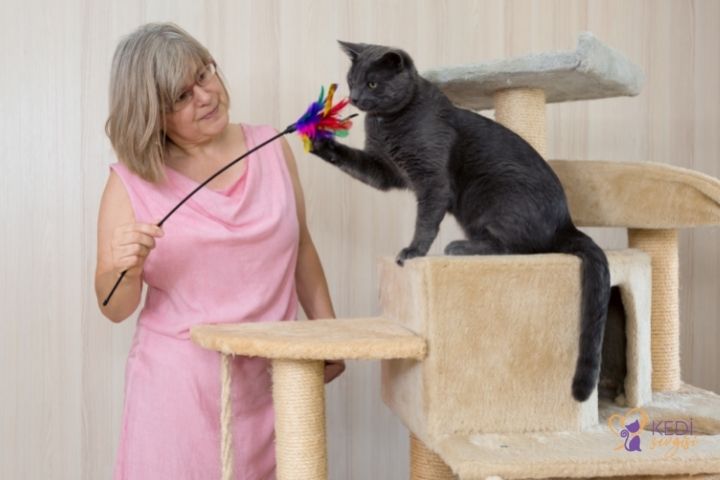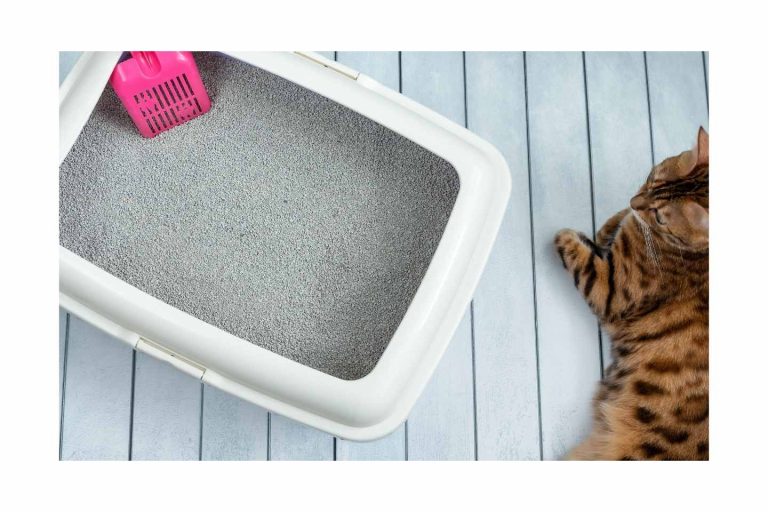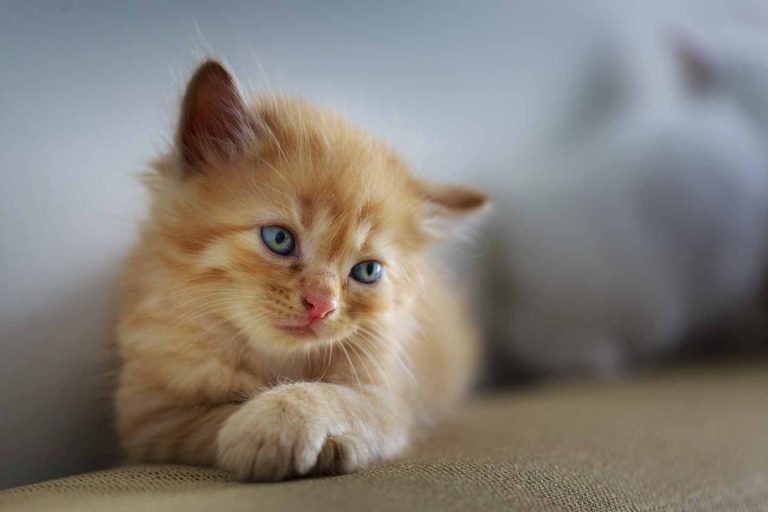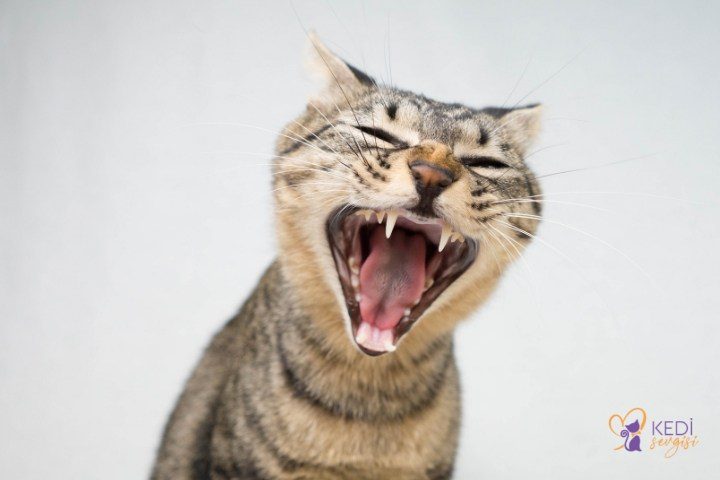How to Keep Your Cat in a Good Mood: The Ultimate Guide to Feline Happiness

Cats might have a reputation for being independent and mysterious, but they’re also deeply emotional creatures. Just like humans, they experience moods — and their happiness depends on how well we understand their needs. Whether you’re a first-time cat parent or a seasoned feline enthusiast, learning how to keep your cat content is key to a healthy, lasting bond.
Maintaining your cat in a good mood is not just about toys or treats — it’s about balance, understanding, and routine. Feline happiness is linked to a mix of physical health, emotional security, and mental stimulation.
Modern veterinary behaviorists emphasize that cats thrive when their environments feel predictable yet enriching. A happy cat will display relaxed body language, a playful attitude, and steady social interaction — while stress often shows up through hiding, overgrooming, or aggression.
In this article, we explore practical and science-backed methods to help your cat live its best, purr-filled life.

Key Maintenance Tips
1. Respect Their Space and Boundaries
Cats are territorial by nature. They need safe spaces where they can retreat, sleep, or observe their surroundings without interference. Provide cozy hiding spots, elevated perches, and quiet corners away from noise. Respect their need for solitude — it’s how they reset emotionally.
2. Create a Consistent Routine
Cats love predictability. Feeding them, playing, and cleaning the litter box at roughly the same times each day reduces anxiety. Sudden changes — like moving furniture or switching food — can unsettle them. Routine equals security.
3. Offer Mental Stimulation
Interactive toys, puzzle feeders, and even supervised outdoor time (on a leash or in a catio) can keep their brains active. Rotate toys regularly to prevent boredom. Boredom often leads to destructive behavior, while mental challenges strengthen confidence.
4. Playtime: The Secret to Emotional Balance
Play satisfies your cat’s hunting instincts and strengthens your bond. Use feather wands, laser pointers, or toy mice to mimic prey movement. A 10-minute session twice a day can drastically improve your cat’s mood and reduce stress-related issues.
5. Grooming and Physical Care
Brushing your cat not only keeps its coat healthy but also reinforces trust through touch. Regular vet visits, proper nutrition, and hydration all contribute to overall happiness. A cat in good health is more likely to be affectionate and playful.
6. Positive Communication
Cats pick up on human tone and body language. Speak softly, blink slowly (a “cat kiss”), and let them approach you. Avoid punishment; reward calm or social behavior instead. Positive reinforcement builds confidence and comfort.
Publication or Announcement Details
This article compiles current insights from veterinary behavior studies published by the American Association of Feline Practitioners (AAFP) and experts from the International Cat Care Foundation (2024–2025).
Did You Know?
- Cats can recognize their owner’s voice but often choose not to respond — it’s a sign of independence, not indifference.
- A slow blink from your cat means “I trust you.” Try blinking back!
- Felines prefer scratching horizontal or vertical surfaces depending on personality — experiment to find their favorite.
- Cats sleep 12–16 hours a day, but short bursts of play between naps keep their mood elevated.
A cat’s happiness is built on respect, patience, and small daily gestures. When you tune in to their silent language, you’ll discover that keeping them in a good mood is not just easy — it’s deeply rewarding.






